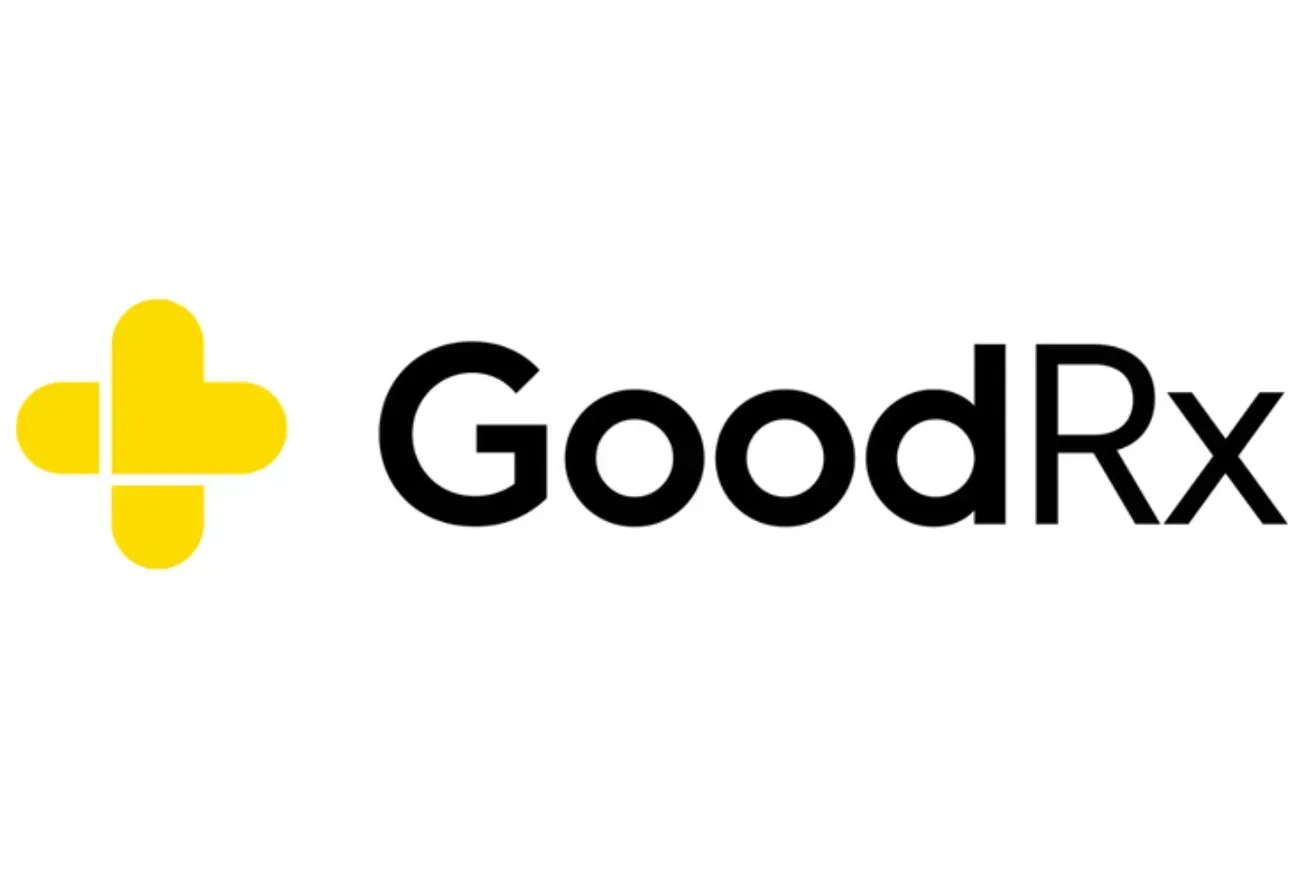By Colleen Volheim
Assortment planning and the planogram development process have evolved, thanks to the availability of more robust data and feature-rich software platforms. At the same time, consumers’ heightened expectations of their shopping experience have shifted over the past five years, with more ways in which to discover, compare and purchase products.
The in-store shopping experience should drive sales, and manufacturers; retailers and their store staff; and wholesalers must focus on featuring the products that will attract customers to the store and merchandising that will spur the purchase of companion or complementary items, as well as drive the shoppers’ desire to return for repeat purchases.

Reviewing point-of-sale or other performance data is the best place to start assortment planning, however it’s not the only data to be reviewed. You should also consider online (including direct-to-consumer, social channel sales) and wholesaler withdrawal stats, along with market, regional and demographic data. Then trends and consumer behavior shifts should be factored in. Finally, economic outlooks and new product launches have to be evaluated. Put all this data in the hands of experienced, retail-focused analysts who have expertise in building data-backed profitable assortments and planograms.
When conducting a category or department review, make sure all the data provided to the retail analysts is up-to-date and you have a reliable source of truth for product content. Lean on their expertise to synthesize and analyze the data. Most brands use multiple data sources to get a good sense of consumer desire and determine the maximum sales potential for themselves and their retail partners. Smaller space planning teams may use Power BI or Excel, but a space management program has features and tools that make it worth the investment when handling larger volumes of data in addition to streamlining product arrangement.
There are more space management software packages than ever, and they are constantly coming out with new, more sophisticated features, such as showing the depth of the shelf and fit, 3D products, and much more. These enhancements make it easier and more efficient for analysts to create profitable sets and an engaging shopper experience, including finding the SKUs not performing as well to facilitate SKU rationalization. The good news is there are numerous packages available at a variety of price points, so there is more flexibility to meet any team’s needs.
Let’s look at it through the example of a chain drug store that wants to update the assortment within a department. They want to merge and review three data sets — POS, syndicated and store brand data. Once the data is imported into space management software, the analyst can review all the data at once to make decisions regarding product selection, rationalization and placement simultaneously. Software platforms that have the flexibility to accept data imports from a variety of sources and can manage large quantities of data will help to facilitate more speedy business decisions.
With the amount of data available, demographics and regionality can be factored into business rules and merchandising guidelines (for brand and retailer partners) to hone assortments and create planograms for store clusters with like characteristics. Space-to-sales calculators may also be applied to maximize shelf space and profitability, and ensure customer satisfaction.
Once the merchandising strategy has been determined, analysts can try variations of which items are placed in the strike zone, how they will use brand blocks or arrange destination items and companion products, and what items might be cross-merchandised in the departments. Other considerations that can be altered easily include how to arrange competing versus companion products and placement of store brand products; which subcategory will lead off the department; and how subcategories are best arranged to both move the shopper through the category as well as offer a logical flow that makes it easy for the shopper to find what they are looking for. Packaging and arrangement are silent salesmen, and being able to easily try alternative arrangements ultimately ensures the best option is executed in-store.
Programs with 3D visualizations provide a realistic view of a department as it is being developed and finalized. Because 3D visuals use packaging dimensions to calculate how many products fit on a shelf (deep) as well as shelf-height, analysts can efficiently try alternate arrangements to see their profit potential. Within the software, tables and reports can be created that determine the investment and potential sales to implement various assortments. For instance, analysts can determine how profitable it might be to stock three, four, five or 10 of each product, what shelf depth and heights you would need to accommodate the chosen number, and inventory you would need on hand to keep the department fully stocked. Add the items’ retail price and expected number of turns and formulas can be created to calculate estimated performance, making it easy for analysts to try any number of alternatives to bring the most profitable assortment to the stores.
Depending on who is creating the planogram, it may have to go through an approval process. If this is a consideration, there may be an additional step of preparing a presentation of the factors that have informed the assortment decisions. Space management software will come in handy in such instances because outputs can be generated to illustrate factors taken into consideration during the decision-making process.
For in-store assortments that drive sales, the best path to success is providing source-of-truth product sales data to retail experts who can apply their deep experience with shopper behaviors, trends, and product and category performance to develop strategic planograms in a robust, feature-rich space management program.
Colleen Volheim is the category research and analysis manager at Hamacher Resource Group.





